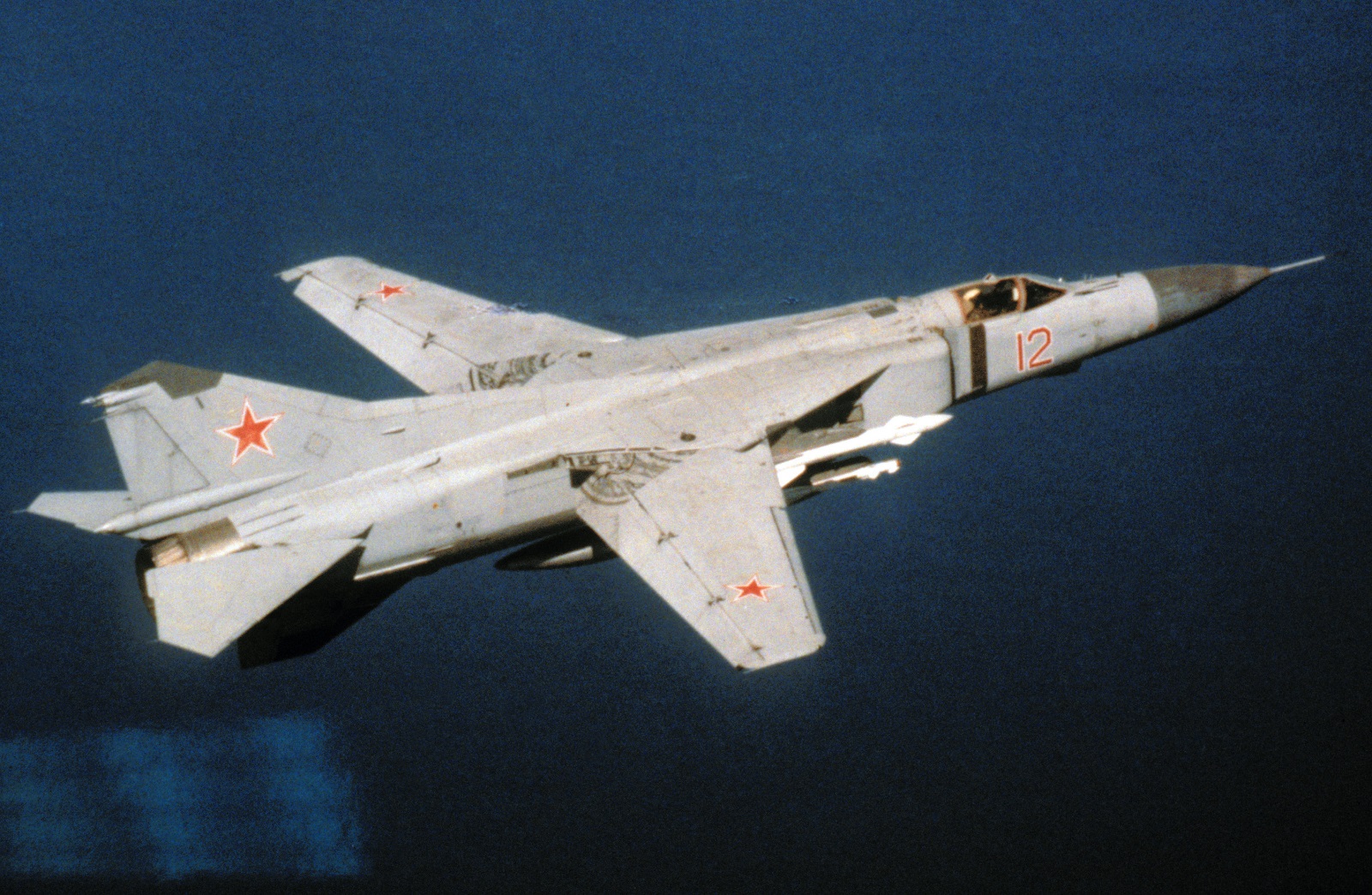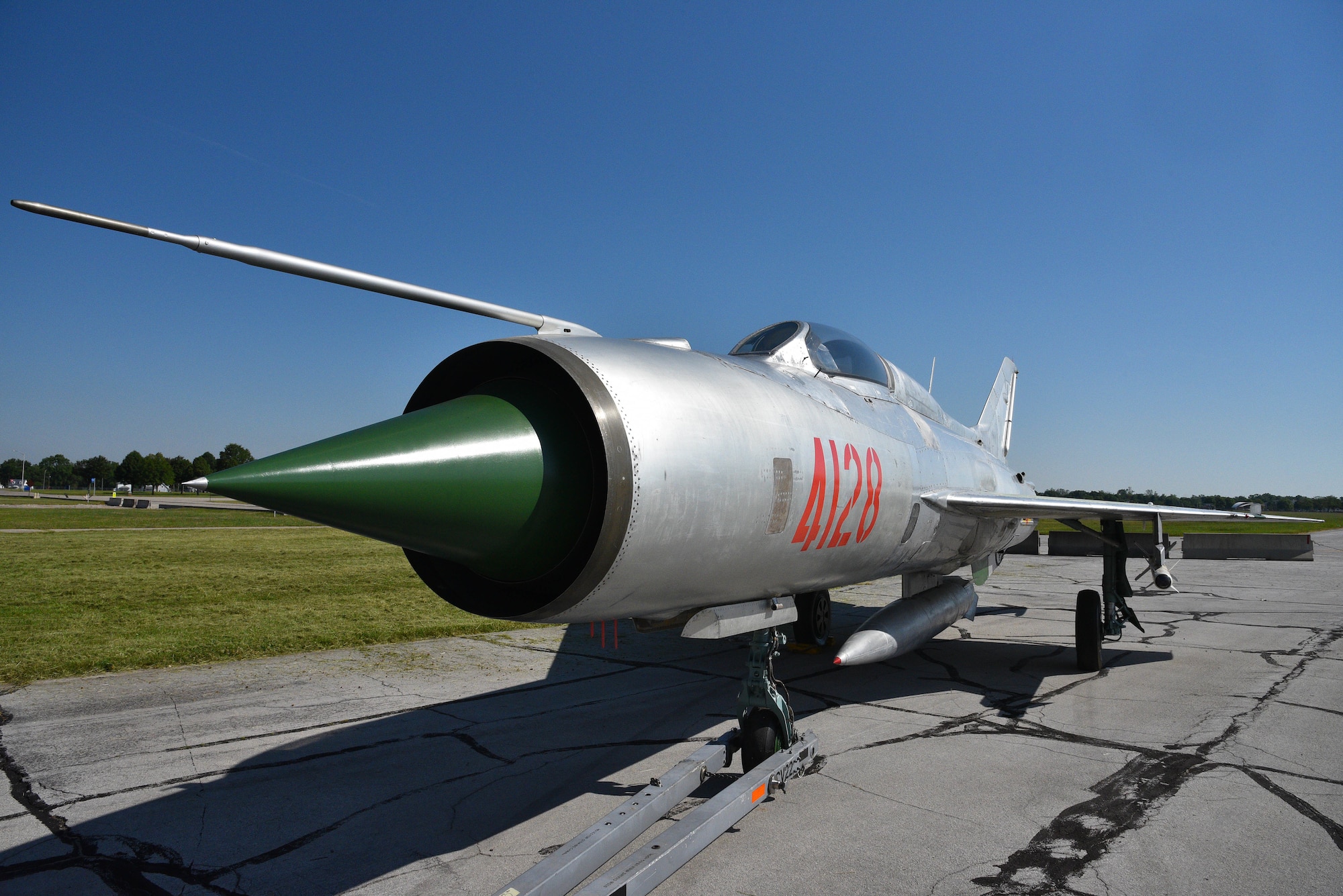All Mig Aircraft - Any mention of Soviet or Russian fighter jets immediately brings one name to mind: "MIG". In fact, for many people, the word is synonymous with a Russian fighter plane, since the name "Zero" once stood for Japanese fighter planes. Of course, not all Russian fighters were MiGs, just as not all Japanese fighters were Zeroes, but these names have become so widespread that they have become synonymous with their countries' fighter planes.
"MiG" does not actually represent the name of a company or person. It was an acronym for the names of two Soviet aircraft designers: Artom Mikoyan and Mikhail Gurevich, and their partnership ultimately changed the face of military aviation—during the Cold War and beyond.
All Mig Aircraft

The airline industry operated differently in the Soviet Union. Airplanes were not products of companies. Instead, they were designed by engineers working at the State Controlled Experimental Design Bureau, or OKB. Once an aircraft design is selected for production, it is assigned to a state-owned factory for serial production. The designers did not work for the factory and had nothing to do with its management.
How The Mig 25 Challenged The Us Air Force
In the 1930s, Mikoyan and Gurevich were aeronautical engineers at the OKB headed by Nikolai Polikarpov, who designed some of the most important Soviet aircraft of the 1930s, including the Po-2 trainer as well as the I-5, I-15. and I-16 fighter jets. However, Polikarpov was biased in 1939 by the failure of his I-180 fighter prototype, as well as a recent trade trip to Germany in an attempt to obtain German aircraft technology. While Polikarpov was in Germany, Gurevich came up with a preliminary design for a high-altitude fighter called the I-200. In collaboration with his older brother Mikoyan, a high-ranking official in Joseph Stalin's political administration, he founded his own design office. They took most of Policarp's staff with them. The new design office, originally known as OKB-155, was later renamed MiG, based on the initials of the two leading engineers.
With war on the horizon in 1939, the MiG I-200 became a high priority project. It was to be a high-altitude fighter with a speed of 417 miles per hour, a ceiling of 39,370 feet, and a range of 621 miles. First flown in April 1940, the new aircraft cruised at 400 miles per hour at an altitude of over 22,000 feet. It proved to be the fastest Soviet fighter ever built.
Unfortunately, it also had handling and stability issues. Consequently, after around 100 examples of the original MiG-1 were built, it was replaced by an improved version known as the MiG-3.
When Germany invaded the Soviet Union in June 1941, Soviet fighter units had begun to be equipped with the new Yak-1, LaGG-3 and MiG-3 fighters. The MiG-3 was the fastest and best high-altitude performer of the three, but as the air war against Russia quickly evolved from a largely tactical low- to mid-altitude conflict, the MiG-3 rarely had the opportunity to operate. Its the best. The MiG-3 was also more difficult to control than its counterparts and required experienced pilots, which were in short supply at the time.
Romania Grounds Mig 21 Lancer Fighter Fleet
However, the most significant issue in MiG-3 production was the Mikulin engine, which was in demand for use in the Ilyushin Il-2 "Shturmovik" armored ground attack aircraft.
"The Red Army needs the Il-2 as much as it needs air or bread," Stalin himself said. "I demand more!"
Nevertheless, the MiG-3 played a key role in the defense of Moscow during the air battles against that city in 1941 and 1942. About half of the Soviet fighters deployed to defend Moscow were MiG-3s. The MiG-3 was not designed or equipped for the mission, and many were lost because the pilots who flew them were not trained for the role, and were often used during night interceptions.
Although MiG produced several new designs during World War II, none progressed beyond the prototype. It wasn't until the end of the war that the design office finally came out and created something completely new.
Iaf To Phase Out Remaining Four Mig 21 Squadrons By 2025
It was clear to the Soviets that the Red Air Force was behind in jet technology, as the Germans, British and Americans already had operational jet fighters. Stalin demanded that his design offices produce jet fighters as soon as possible. Competing design firms have come up with different ways to meet this need. On the one hand, in addition to running his own aircraft design bureau, Deputy Minister of Aviation Alexander Yakovlev fitted a German Junkers Jumo 004 jet engine to his existing Yak-3 piston engine fighter to create the Yak-15 jet fighter. . .
MiG, on the other hand, started to create an entirely new jet fighter from a clean sheet of paper. The resulting MiG-9, powered by two BMW 003 jet engines, was a remarkable feat for a first-generation jet fighter designed in such a short time by engineers who were approaching an entirely new technology for the first time.
Both the MiG-15 and MiG-9 were ready for flight tests on 24 April 1946. The first flight order was decided by a coin toss, and the MiG-9 became the first Soviet jet fighter to fly. It was clear from the start that the MiG-9 was a superior design. Both fighters were eventually ordered into production, but these coins became a hallmark of the coinage, and from that day the MiG eclipsed the Yak as the leading producer of Soviet fighter aircraft.
Nevertheless, the MiG-9 exhibited several problems. First, the firing of the two 23 mm guns and one of the 37 mm guns, the muzzle protruding forward of the air intake, could cause the engines to fire. However, these defects were eventually ironed out and a total of 598 MiG-9s were produced.
Another Mig 21 Crash: India's Fleet, Past Accidents, And Future Phase Out
It was another MiG jet fighter that really caught the world's attention. The story began in 1946 when the British government authorized the Soviet Union to manufacture Rolls-Royce's latest jet engine, the Nene. Even Stalin was said to have been surprised by that lapse in judgment. Although the agreement stipulated that the engine would not be used for military purposes, the advent of the Cold War quickly annulled this agreement.
MiG was thus directed to begin development of a new jet fighter powered by the Soviet version of the Nene, the Klimov RD-45. The new MiG first flew on 30 December 1947 and incorporated swept wing technology from Germany. The new fighter, which easily outperformed its direct competitor, the Yak-19, was ordered into production as the MiG-15. When the Korean War began in 1950, the MiG-15 caused as much shock to Western pilots as the Zero had done in Japan a decade earlier. Armed with two 23 mm cannons and one 37 mm cannon, the MiG-15 had a top speed of 669 mph, outpacing most Western fighters and only the F-86 Saber under similar conditions.
A pilot flies a MiG-17 vintage Russian jet during an air show at the 2010 Air Power Over the Midwest Air Show at Scott Air Force Base, Illinois. (Photo by Master Sergeant Scott Stercole, Air Mobility Command Public Affairs)

In 1950, MiG introduced an improved version of the MiG-15, the MiG-17, which replaced it on the production line. Although late in the Korean War, the MiG-17 was widely used by the Soviet Union as well as allies such as China and North Vietnam. Some MiG-17s are said to still be in active service with the North Korean Air Force. In total, about 28,000 MiG-15s and MiG-17s were built and were used in operations by the air forces of no less than 36 different countries.
Reports That Ukraine Is About To Get 70 Donated Fighter Jets Don't Add Up
It first flew in 1952 and entered service in 1955, while another MiG effort, the MiG-19, was the Soviet Union's first supersonic jet fighter. Powered by a pair of Tumansky RD-9B jet engines generating 7,100 pounds of thrust, the MiG-19 had a top speed of Mach 1.35 and was suitable for the USAF's newest "fighters of the century" of the mid-1950s. Although reported to be difficult to fly, a total of 2,172 MiG-19s were produced, including about 4,500 license-built examples in China. They were used by many satellite air forces, including North Vietnam.
The 1950s saw unprecedented advances in aircraft performance. The Soviet Air Force would need a replacement for the MiG-19 if it was to maintain parity with the new generation of Mach 2 fighters such as the Phantom II, F-8 Crusader, Mirage, English Electric Lightning, F-104 Starfighter and F -5 freedom fighter.
On June 16, 1955, MiG took off with the MiG-21, the first prototype of a new jet fighter that would resemble its Western adversaries in every way. Combining a small, center-mounted delta wing with a conventional tail, the MiG-21 looked like no other jet fighter in the world and eventually became almost as ubiquitous as the AK-47 assault rifle. Powered by a single Tumansky jet engine producing 7,000 to 14,000 pounds of thrust depending on the variant,
Mig 29 aircraft, mig 23 aircraft, mig 50 aircraft, mig 31 aircraft, mig 35 aircraft, mig 15 aircraft, mig aircraft for sale, mig aircraft, aircraft mig 21, mig 27 aircraft, mig series aircraft, mig military aircraft

0 Comments